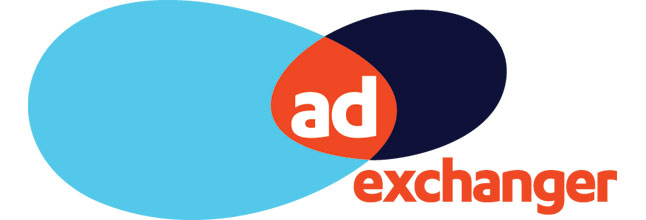By AdExchanger Guest Columnist
Source: www.adexchanger.com, December 2022
“On TV & Video” is a column exploring opportunities and challenges in advanced TV and video.
Today’s column is by Morgan Jetto, GM of programmatic partnerships and demand at Verve Group.
Dramatic shifts in consumer viewing habits during the pandemic have led, predictably, to an intense focus on the corresponding connected TV (CTV) advertising opportunity. Some pundits went so far as to declare 2020 (or 2021, depending on the source) to be “the year of CTV.” But as we sit here at the end of 2022, such a designation is still premature.
While the strength and potential of CTV advertising to usher in unprecedented new value for brands cannot be overstated, declaring any emerging channel to have had its “year” would suggest a certain level of maturity and stability. And today’s CTV landscape has a long way to go in both regards.
CTV ad spend is growing leaps and bounds – and for good reason. But for continuation of that growth to be warranted, there are a number of enhancements that must be brought to bear, and it’s precisely those enhancements that are going to reshape the broader marketing technology landscape over the next five years.
Measurement challenges and the desire for direct connections
For CTV advertising to come into its own, our industry must get its arms around measurement. To date, advertisers have been sold on the digital power that underpins CTV as a marketing channel, but the market has yet to deliver on the transparency, precision and audience data and insights that brands so desperately need to optimize their CTV efforts at scale.
Today’s CTV landscape is being tarnished by opaque reselling practices, fraud and inventory confusion. For example, between 2020 and 2021, CTV ad fraud schemes rose by 70%, siphoning off an estimated $140 million from the marketplace.
At present, fraud fears and measurement challenges have driven advertisers toward more direct means of buying CTV and relationships that reduce the number of handoffs between CTV ad dollars and CTV inventory. We’ve seen this reflected in US upfront CTV ad buying, which is expected to top $6 billion this year, accounting for about a third of total CTV video ad spending.
We expect it to continue in the form of publisher-direct conversations, initiated by brands looking for transparency. More broadly speaking, supply path optimization is reducing hops and bringing buyers and publishers closer than ever.
I’d argue that the significant level of upfront CTV spending is a reaction to the current challenges within the CTV space, rather than a reflection of how advertisers truly want to be allocating dollars. As CTV data becomes more precise, available, and actionable, it’s likely that advertisers will pivot toward more targeted and nimble means of buying and optimizing their CTV investments for maximum ROI.
CTV’s place in the omnichannel equation
Another force that’s going to shape the immediate future of CTV advertising is the need to understand CTV within the larger omnichannel equation. As with CTV’s measurement challenges, the channel’s current disconnect from the larger omnichannel picture won’t be tolerated by advertisers indefinitely. To reach true maturity, emerging channels must demonstrate their ability to integrate within the larger digital planning, buying, measurement and attribution cycle.
Going forward, CTV silos will not stand on their own. Advertisers will be looking for opportunities to buy into CTV in a way that is cognizant of their efforts in other digital and mobile channels and in a way that still gets as close to the inventory source as possible. The future of CTV buying will be integrated, yes. But it will still be direct.
The growing ad spend within CTV, combined with the above forces that push emerging channels toward maturity, have set the stage for a marketing technology M&A landscape that will prioritize CTV opportunities focused on measurement, omnichannel integrations and minimizing steps between CTV publishers and their advertisers. And the timing couldn’t be better.
As macroeconomic constrictions put pressure on advertisers’ margins, now is the time for CTV to demonstrate that it deserves its place at the omnichannel media table. Only then can CTV truly have its “year.”
Follow Verve Group (@VerveGroupHQ) and AdExchanger (@adexchanger) on Twitter.



